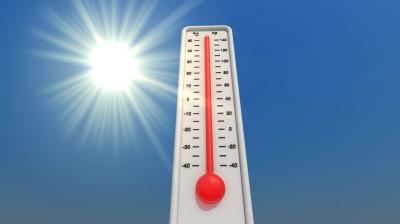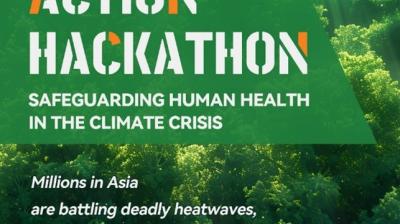Greater Horn of Africa is forecast to get above-average rainfall - March to May 2024

Affected areas include Kenya, Somalia, southern Ethiopia, South Sudan, Uganda, Burundi, Rwanda, and north-western Tanzania.
Whilst this is a welcome prospect for food security after the prolonged drought that gripped the region until early 2023, it is accompanied by the risk that flooding will impact local communities and livelihoods.
“Due to the increased rainfall recorded in the October to December 2023 period, along with the forecast of wetter-than-normal conditions from March to May, there is an elevated risk of flooding in areas prone to floods, said ICPAC director Dr. Guleid Artan.
“The forecast underscores the urgency for coordinated action and preparedness, emphasizing the need for proactive measures to mitigate potential impacts and capitalize on the opportunities presented by the forecasted rainfall. Let us unite in our commitment to leveraging climate information for resilient and sustainable development across our region," he said.
The forecast was issued at the Greater Horn of Africa Climate Outlook Forum, which brings together climate scientists, governmental and non-governmental organizations, and climate sensitive sectors.
El Niño impacts
“These seasonal forecasts also form part of a suite products provided by the WMO community as part of the Early Warnings for All initiative,” says Dr Wilfran Moufouma Okia, head of regional climate prediction services at WMO. “The change from drought to deluge in early 2023 was characteristic of the transition from La Niña to El Niño conditions, which typically increase rainfall in the Horn of Africa,” he said.
WMO will issue its next El Niño/La Niña Update by early March.
For more than two decades, WMO has supported regional climate outlook forums, which provide actionable climate forecasts and information to help save lives and livelihoods and support key sectors like agriculture and food security, water resource management, health and disaster risk reduction.
In line with the World Meteorological Organization's guidelines and recommendations, ICPAC has adopted an objective seasonal forecast method to generate climate forecasts for the Greater Horn of Africa. This entails using initialized seasonal forecasts from nine Global Producing Centres (GPCs) and processing them with three calibration techniques.
March to May constitutes an important rainfall season, particularly in the equatorial parts of the Greater Horn of Africa and accounts for up to 60% of the total annual rainfall
An early to normal rainfall onset is expected in several parts of the region. These include parts of northern Tanzania, eastern Rwanda, southern and western Uganda, western Kenya, south-western Somalia, and parts of south-central Ethiopia, according to ICPAC
While the food security situation may improve with wetter than usual conditions, the region faces multiple challenges faced by the region, including the historic 2020-2022 drought, conflict in various parts of the region such as Sudan, and the El Nino-induced floods at the end of 2023. This has weakened communities’ coping capacity, making them highly susceptible to food insecurity.
- WMO Member:
- Ethiopia ,
- Kenya ,
- Somalia ,
- Sudan ,
- Uganda ,
- Burundi ,
- Rwanda ,
- United Republic of Tanzania
- Region:
- Region I: Africa










